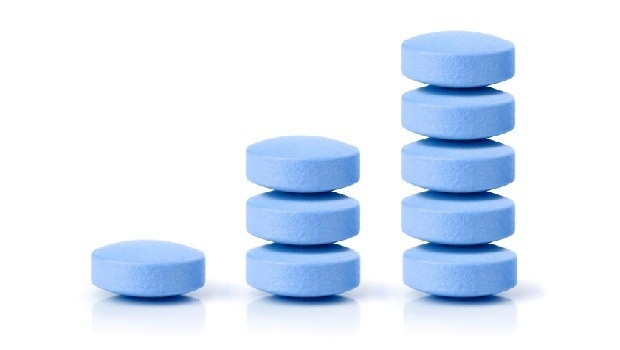
When formulating a new product, it can be challenging to decide to choose between a tablet or capsule. Here are some points to consider that can assist in making an educated choice:
Traditional Tablets
Tablets can be manufactured in a multitude of sizes, shapes, flavors and colors. Tablets are available in a number of forms to swallow, disintegrate or chew. Some aspects a manufacturer must consider when determining the delivery method are: if the raw materials are compressible, how many miligrams for a full dose and is a taste or specific dissolve rate required? Perhaps most importantly, what is the target markets expectation for the dosage?
If the product ingredient list is complex, or unable to fit into a capsule, tableting the product is recommended. During the research and development (R&D) stage of development, fillers or binders may need to be added in order to create a high-quality tablet. The formulator will need to ensure the filler or binder does not affect the efficacy of the product.
Normally, R&D for a tablet is more extensive, time consuming and costly compared to a capsule. On the other hand, once R&D has been completed, its less costly to manufacture a tablet on a production line. During the R&D process, the formulator will trial and test for taste, odor, appearance, hardness, dissolution and friability.
Taste associated with tableting is critical. To mask a possible unpleasant taste of some raw materials, the tablet may require a masking agent. Some ODTs (oral disintegrating tablets) and chewable products require flavor enhancement, which is driven by the target market. To improve palatability, numerous flavor enhancements are available for tableting purposes and can be beneficial in improving the quality of a tablet.
Tooth compaction, friability and dissolution rate can be increased or decreased during the tablet R&D phase as well. These also play a significant role in the quality of the tablet and its acceptance into the marketplace.
Once R&D has been completed, the cost to manufacture a tablet is less per piece. Manufacturing equipment can normally produce more pieces per minute compared to a capsule.
Capsule Considerations
One of the most appealing aspects related to capsules is the low cost of R&D and minimal time required for development. Manufacturers are simply filling the blended ingredients into a preformed empty capsule.
R&D for a capsule will include the tap density, flowability, weight, diagnosing any characteristic which may be problematic on equipment, and evaluating the capsule size needed for dosage. Ideally, the recommended dosage will fit into one or two capsules. At this stage, the decision to use either a vegetable or gelatin capsule shell will be made.
The target market is another thing to consider when choosing a capsule . Does the market expect this product in capsule form? Perhaps the company is introducing a new product, and it will be in capsule form until it is accepted into the market.
The specific characteristic of a product may dictate the final decision. Many times, a product can be manufactured as either a tablet or capsule, and the choice will be up to the manufacturer. A companys marketing team can evaluate the target market's expectation and standards of quality.
Kimberly Daly is responsible for business development and account management at PJ Noyes. She is a graduate of Northeastern University with a degree in Business Administration.
About the Author(s)
You May Also Like




.png?width=800&auto=webp&quality=80&disable=upscale)